Body Awareness
Body awareness is our internal understanding of where our body is in space and determines how efficiently we can move.
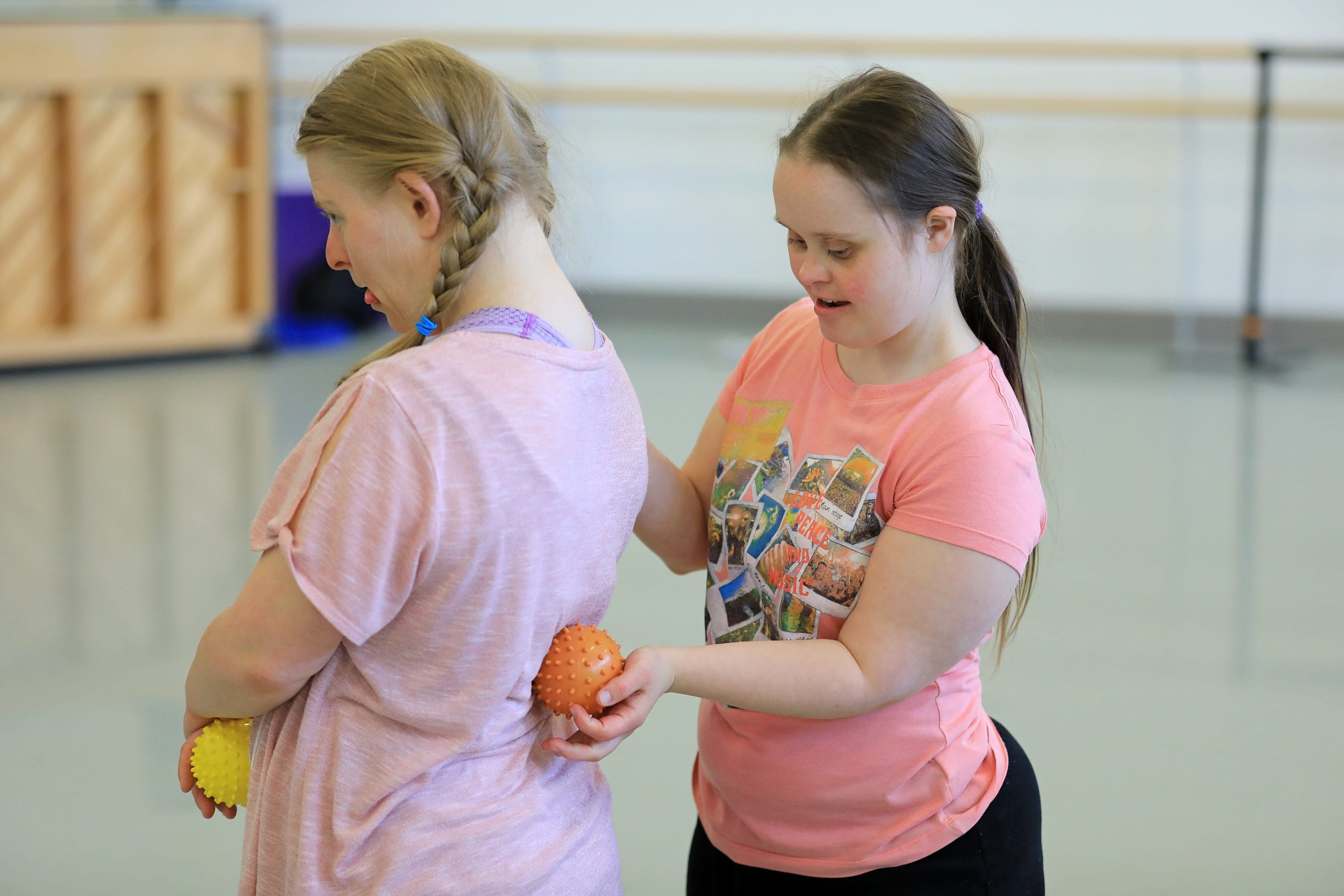
The purpose of these activities is to develop the dancer’s body awareness. Body awareness is our internal understanding of where our body is in space and determines how efficiently we can move. It can be thought of as a combination of interoceptive, proprioceptive, and spatial awareness. The gathering and processing of information by our brain and nervous system, received through all of our different sensory systems, form our understanding and awareness of our own body. Body awareness is therefore the foundation for all other movement skill development. Initiating body awareness through tactile, sensory activities at the beginning, will improve motor function throughout the rest of class. It is important to pay attention to the direction of the movement and level of pressure, as these will affect the outcome.
Tactile cues can be an effective aid to alignment. Brushing can introduce the idea of energy flowing in specific directions in the body, encouraging the dancer to lengthen the spine and front of the hip, drop the sitting bones towards the heels and open the shoulders to the sides. Cues can be given by a peer, teacher or dancer themselves. These can then be referred to and dropped in throughout class as a verbal and tactile cue or reminder.
Tactile cues to increase the awareness of our body, include brushing, rubbing, patting, squeezing and massage. However, for these to be effective, the dancer needs to pay attention to the sensation and notice how the body feels. Both are needed for greater control to be achieved. The more attention the dancer pays to how their body feels, the greater their level of body awareness and control.
Body awareness: with a partner
Directional patterns of energy in the body
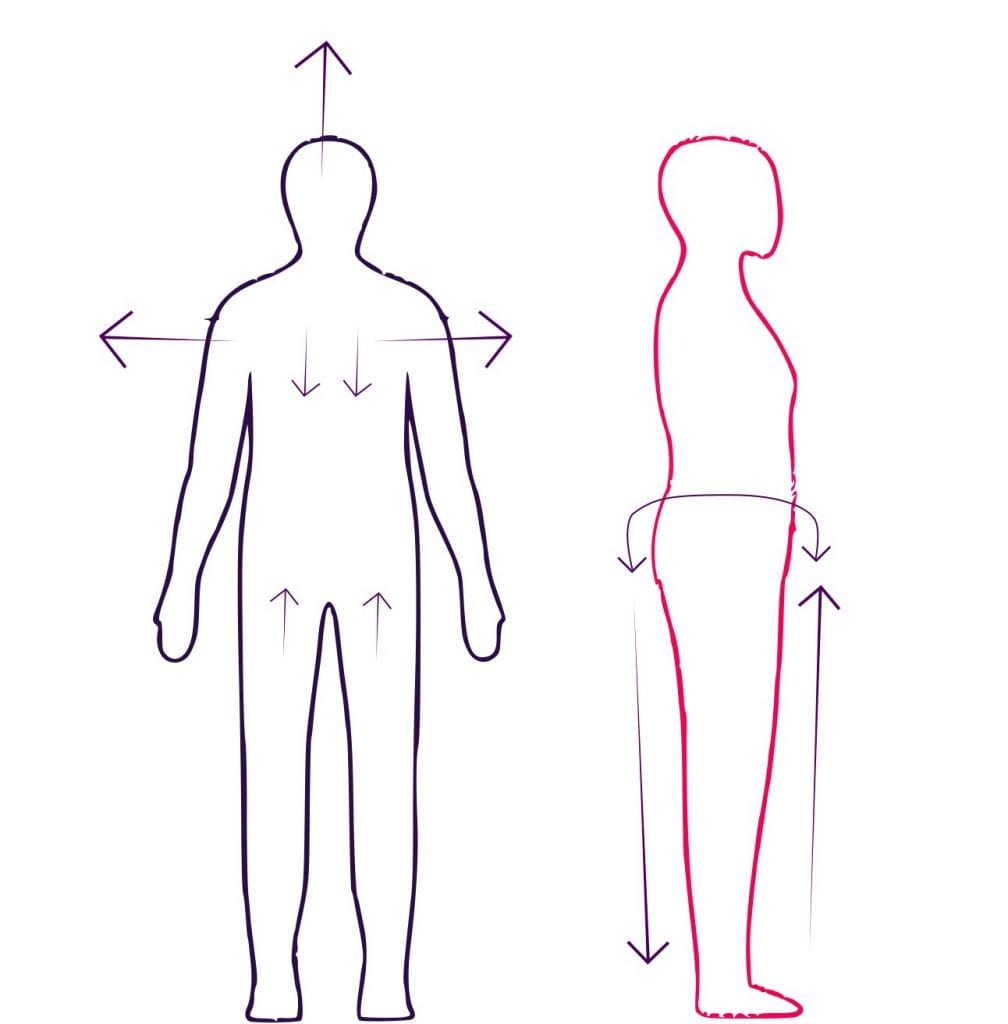
Teaching Guidelines
These activities work best at the beginning of class. However, they may be dropped in before any activity where a specific focus is needed.
This activity uses a wide range of teaching methods to appeal to different learning styles. Visual and tactile methods of communication are generally more accessible and effective for dancers with additional learning support needs.
In these activities we used the following methods of delivery. However, you may find others on the list more suitable for your dancers:
Auditory
*verbal instruction
*use of voice (intonation, pace)
*use of music/sounds
*imagery delivered verbally
Visual
*physical demonstration
*visual imagery (picture, object)
Tactile
*tactile cues given by self, peer, or teacher
*physical objects
Kinaesthetic
*experience how the movement feels e.g. resistance, pressure, effortless etc
Feedback
*verbal feedback from peer or teacher
*visual feedback from peer or teacher
*tactile feedback from peer or teacher
*visual feedback and self-correction
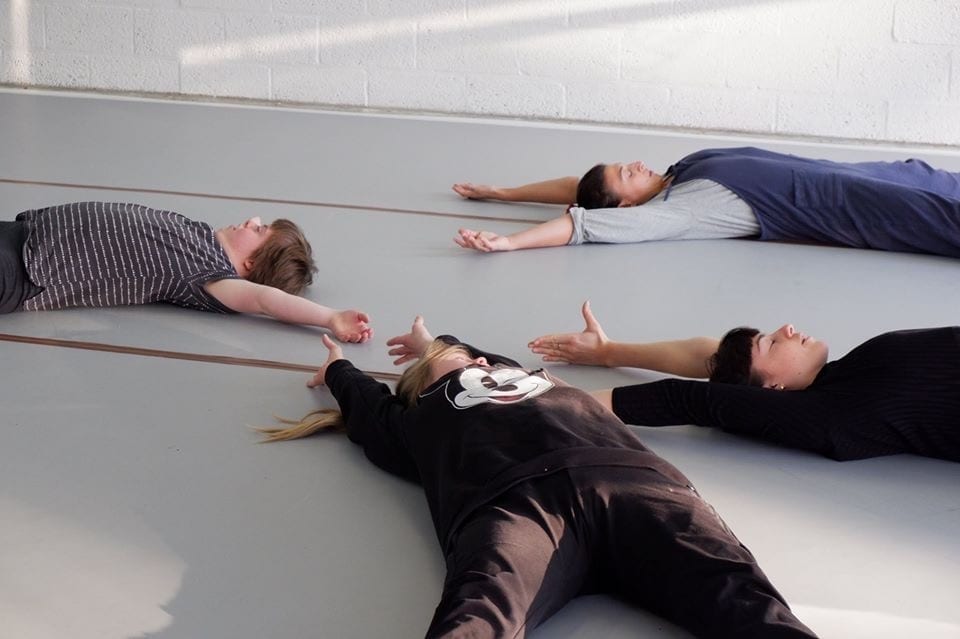
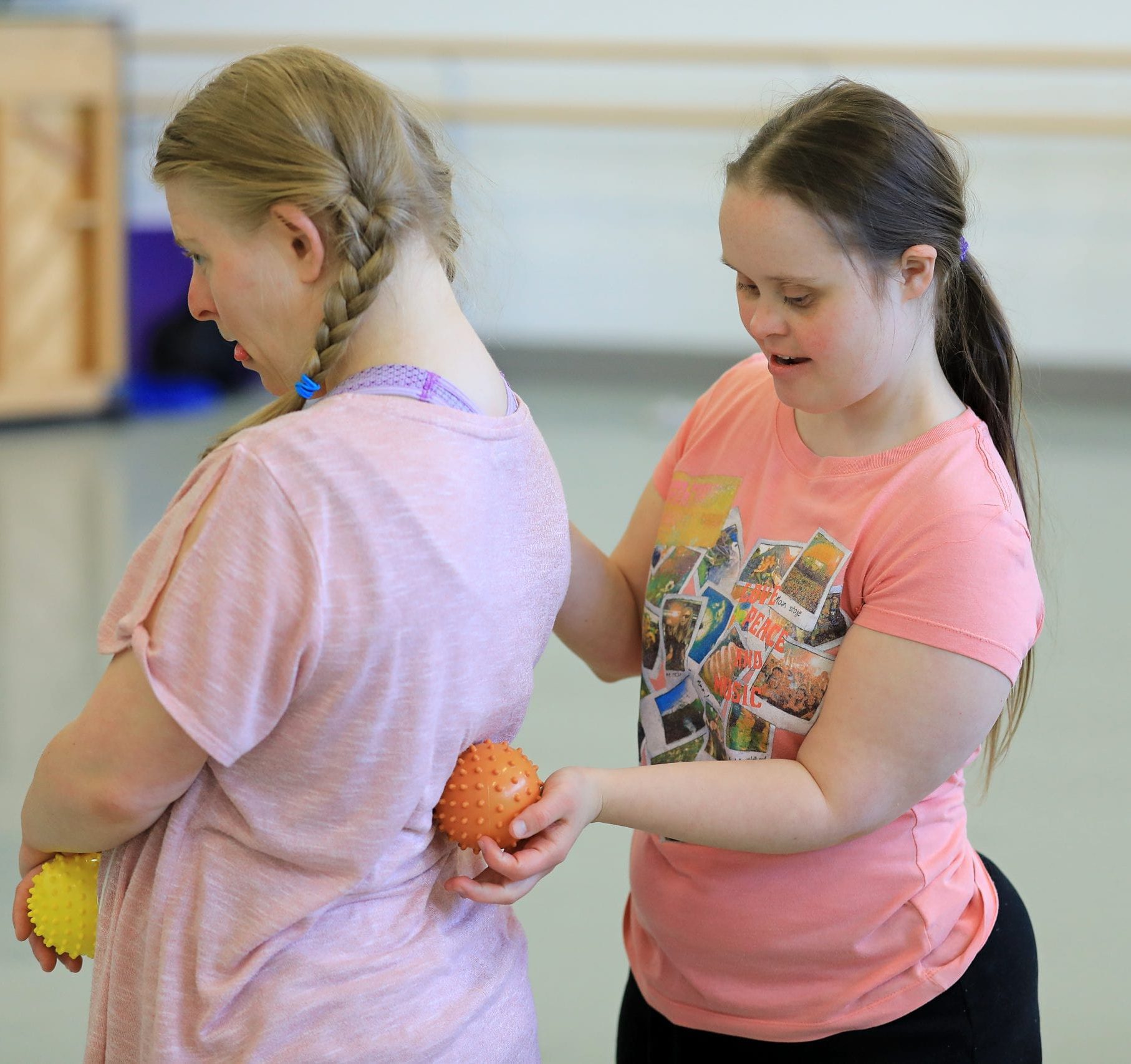
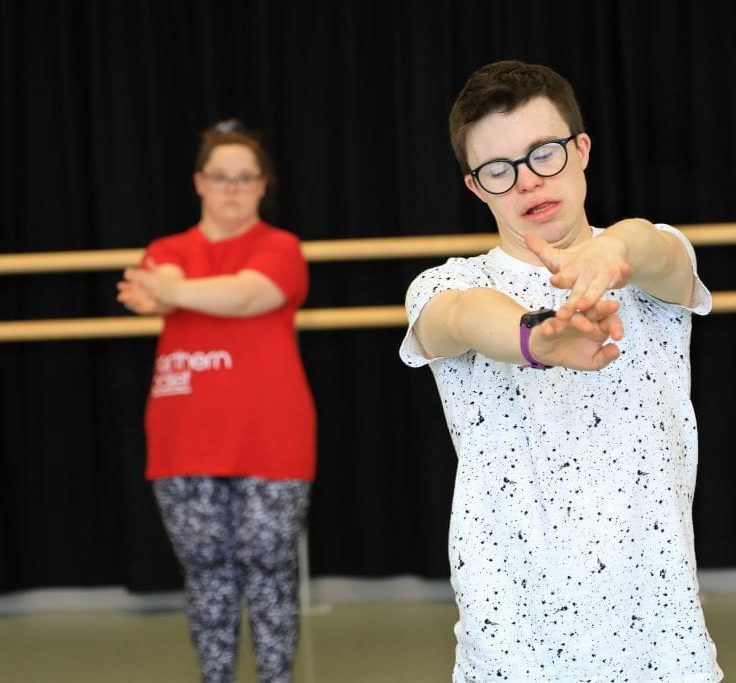
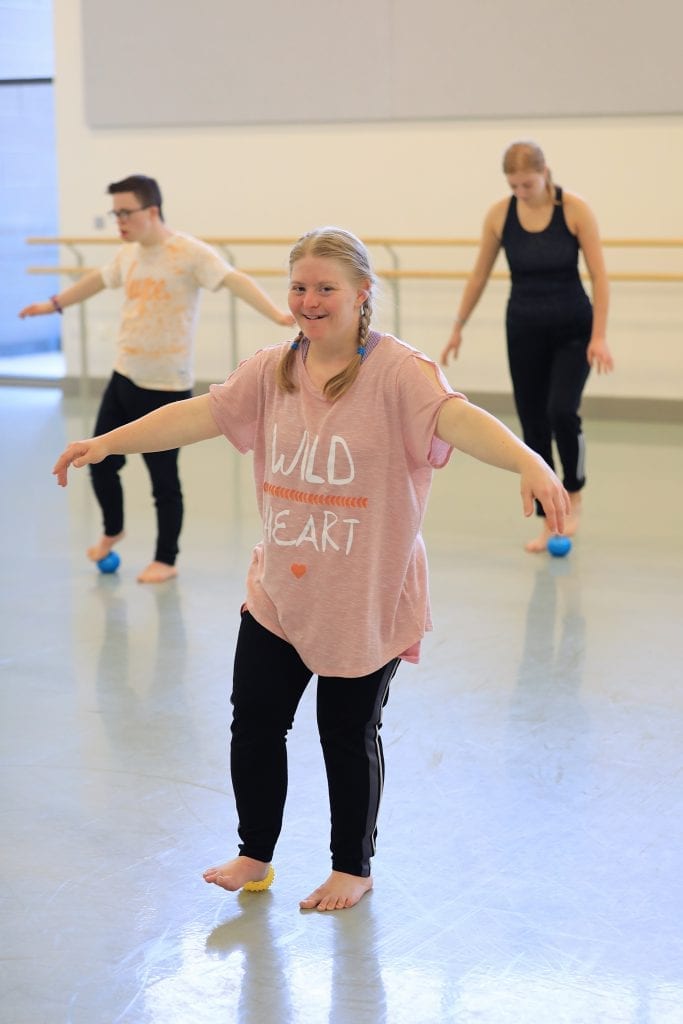
Breath
Breathing supports all movement. Bringing awareness to the breath can be incorporated into all exercises, but to develop greater understanding, specific exercises can be useful. Where you place breathing activities in a class is key. Introducing awareness near the beginning means the teacher can refer to it throughout the class. However, they may be dropped in before an activity that is enhanced by focusing on the breath while moving.
How to manage use of breath
Working with the breath can be challenging: dancers often find trying to control their breathing frustrating or even frightening and can easily become light-headed. Anxiety may lead to hyperventilation, so care needs to be taken.
However, breathing techniques can also be useful in helping dancers learn how to handle their emotions. Focusing on breathing slowly can help reduce anxiety or upset by allowing the dancer a moment to pause, refocus and find emotional balance.
Tips:
* keep it short
* focus on breath being continuous and slowing down
* consider the movement that accompanies it, e.g. breathe out when you push or exert force
* props that aid visualisation are very useful. For example, a balloon filled with confetti to demonstrate expansion and movement of the breath or a parachute are good visual aids
Breath awareness
This activity develops greater awareness of how the back can expand when breathing. Expanding this area can help breathing become more efficient when moving and avoid other areas becoming affected, e.g. shoulders lifting, chest becoming restricted.
In pairs:
* one person lies on their front, remaining still, while breathing normally.
* the other person observes their partner, noticing how the breath is moving their back.
* after a few moments they place their hands gently where they see the back moving. Their hands may shift to another part of the back if it is moving in more than one place.
* swap roles
There are numerous breathing practices which may be useful and can be adapted for the dance class.
Find more exercises in the Resources page
The European Commission support for the production of this publication does not constitute an endorsement of the contents which reflects the views only of the authors, and the Commission cannot be held responsible for any use which may be made of the information contained therein.
Teaching Guidelines
This activity uses a wide range of teaching methods to appeal to different learning styles. Visual and tactile methods of communication are generally more accessible and effective for dancers with additional learning support needs.
In these activities we used the following methods of delivery:
Auditory
* verbal instruction
* use of voice (intonation, pace)
* use of music/sounds
* imagery delivered verbally
Visual
* physical demonstration
* visual imagery (picture, object)
Tactile
* tactile cues given by self, peer, or teacher
* physical objects
Kinaesthetic
* experience how the movement feels, e.g. resistance, pressure, effortless etc
Feedback
* verbal feedback from peer or teacher
* visual feedback from peer or teacher
* tactile feedback from peer or teacher
* visual feedback and self-correction





